My brain is so exhausted from the Focus on Diversity Conference held at Minnesota Valley National Wildlife Refuge this past Saturday. It's no secret that I'm kind of a party girl and like to mix it up, but between an extended Birds and Beers on Friday night, leading a walk for the conference Saturday morning and my brain being jammed packed with ideas and emotions from the conference, I felt like I was jetlagged as if I had just come home from an 18 hour overseas flight on Sunday.
Sometimes, I have to force myself and take a moment to realize what I'm doing with my life (usually in a good way). Ferris Beuller was not lying when he said, "Life moves pretty fast. If you don't stop and look around once in awhile, you could miss it."
And I found myself taking stock of what I was doing on Saturday:

Which was moderating a panel with Paul Baicich, Dr. J. Drew Lanham and Kenn Kaufman titled, "Do we REALLY need to focus on diversity in birding?"
I would think the answer to this question would be a no brainer: yes! However, gettting people to come to this event in Minnesota was not as easy as I thought. And it's not because we are an all white city. I know people may think it's all Norwegian up here but we have the largest Hmong and Somali population in the US. I felt certain when I heard this conference was coming to Minnesota that all the local birding organizations would be jumping on board...that was surprisingly not the case. I know part of the reason is that all of us are busy and it's difficult to to find time in budgets and schedules during migration but at the same time, how can we afford not to focus on this issue and figure out what we tend to be a homongenous group.
Other topics covered "Barriers to Birding," "Considerations for Reaching New Audiences" and even breakout sessions to come with ideas for something you yourself could do.

I was struck by the mix in attitudes of the speakers in the conference which echoed that it's not something to be fixed overnight and one single solution is not going to make every person of every race and color comfortable. Above is Kaufman, my good friend Duck Washington (a regular at Twin Cities Birds and Beer), photographer and author Dudley Edmondson, Roy Rodriguez with Texas Parks and Wildlife with Mamie Parker who used to work for US Fish and Wildlife. Duck had a great quote about birding companies marketing to more diverse audiences. I know I've heard before, "We don't need to market to them, they won't be interested or have the money."
Duck pointed out that there's enough of the minority population that does have the money and the interest that ignoring them is a loss of revenue. This rings true with conversations I've had with Rue Mapp at Outdoor Afro, just because someone is part of a minority group does not mean they do not have the money to spend on outdoor equipment.
Dr. Lanham spoke several times and gave a very touching and heartfelt talk about teaching his son how to talk to the police when he's pulled over so he will be safe and not be shot. He also talked about what it was like to look in the mirror and not feel that he may have belonged. All of us who have birded for years may think we are welcoming, but at the end of the day, don't we feel safer mingling with people who "look like us."
And let's face it, not all birders are welcoming. There's a great example of one I intereacted with on Facebook that I wrote about over at 10000 Birds. This person is a birding field trip leader and isn't racist but...you can't trust most Mexicans. I still read that and shake my head with pity.
Dudley Edmondson was decidedly on the opposite side of the spectrum and said he didn't worry if there were nothing but white people in the woods, "I don't care, there's a rare butterfly over there and I need to get past you to see it."
Edmondson also shared a story of when he was working on getting photos for a Wildflowers of Minnesota book, he found a flower he needed in his neighborhood in Duluth, MN. As he was on the ground taking photos, an older white woman came out and demanded that he hand over his camera and film or she would call the police. He explained that he was a nature photographer taking photos of flowers, she said that he was not, he did not look like a nature photographer. The conversation escalated a bit and ended with Edmondson leaving and calling her crazy. Someone in the audience took him to task for not using it as a teachable moment--maybe educating that woman about people of color in nature. Edmundson said that he didn't care, it wasn't always up to him to do that and this woman was crazy.
I sympathized with him--you cannot fight crazy (some of the people I've blocked from this blog have more than proven that rule to be true). And I also thought that is a heavy burden to put on someone--you must educate everyone you ever meet who is distrustful of you. Sometimes, you just want to be outdoors or maybe try to do your job outdoors and because your skin color is different from others who are enjoying nature shouldn't mean that you have to automatically educate everyone about yourself. Duck also pointed out that sometimes leaving before things escalate is the safest thing to do.
This is just a stream of consciousness of some of the things that struck me from the conference, there is so much more. I think some of the conference will be put up online so you can listen later and I encourage you to do so. Also, they announced when the next conference will be--in 2013 it will happen right before the Rio Grande Valley Bird Festival (it always happens the second weekend of November so you can kind of get an idea of when it will be now). Try to put on your calendar--at the very least RGV should be on there, that festival should be on everyone's Bucket List.
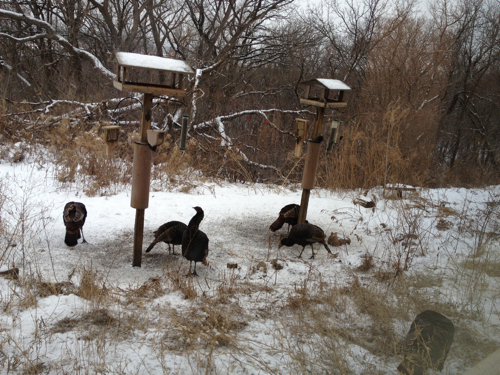

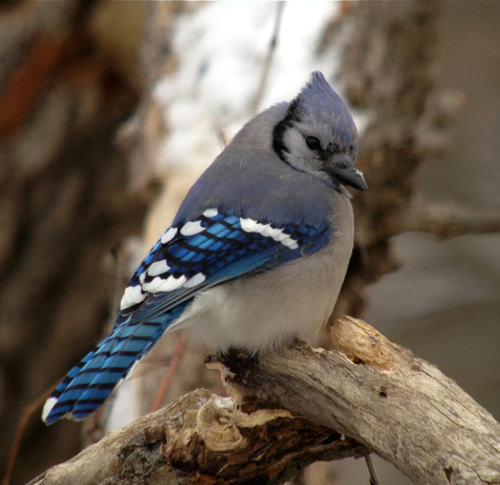
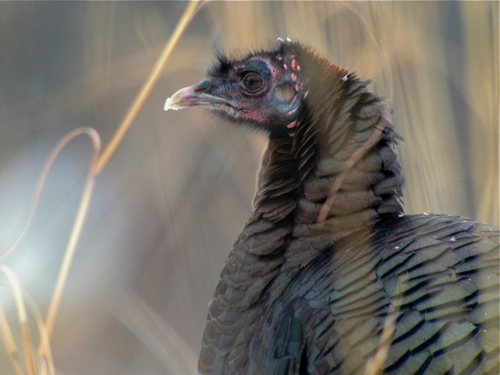
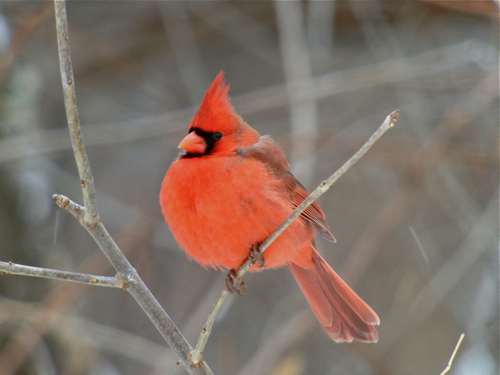
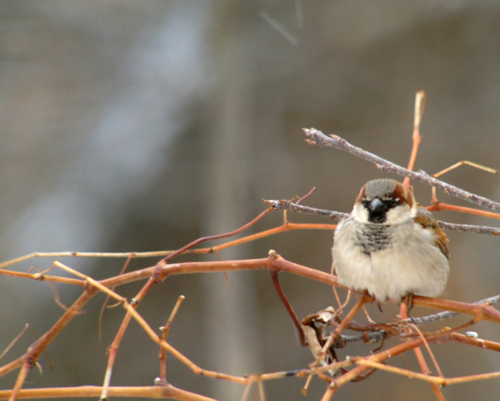
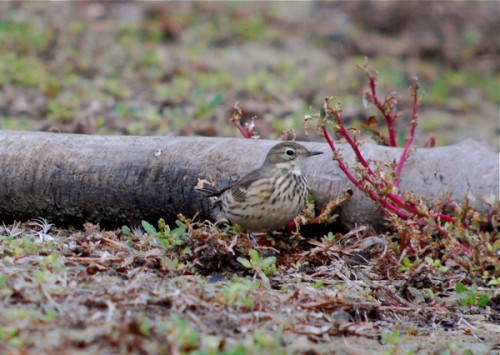 These birds are easy miss but they pass over me in huge numbers when I go up to visit my hawk banding friends in northern MN and when I do my surveys in southern MN. If you visit Cornell's All About Birds page for the pipit and scroll to sounds and listen for contact call, you may recognize it or you may find yourself noticing it when you are in open fields. It's a quiet, easy to miss call but it's kind of cool to know these birds are passing through incognito to most of the world.
These birds are easy miss but they pass over me in huge numbers when I go up to visit my hawk banding friends in northern MN and when I do my surveys in southern MN. If you visit Cornell's All About Birds page for the pipit and scroll to sounds and listen for contact call, you may recognize it or you may find yourself noticing it when you are in open fields. It's a quiet, easy to miss call but it's kind of cool to know these birds are passing through incognito to most of the world.

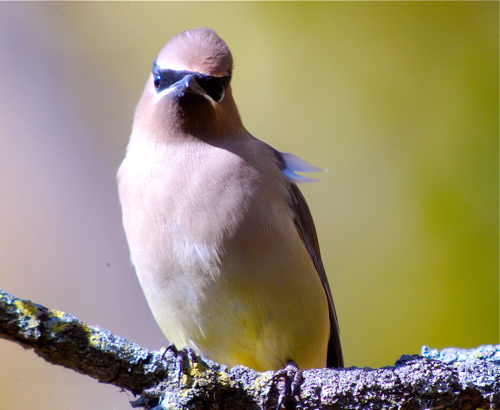
 Dude, how red do you need to be?
Dude, how red do you need to be?







